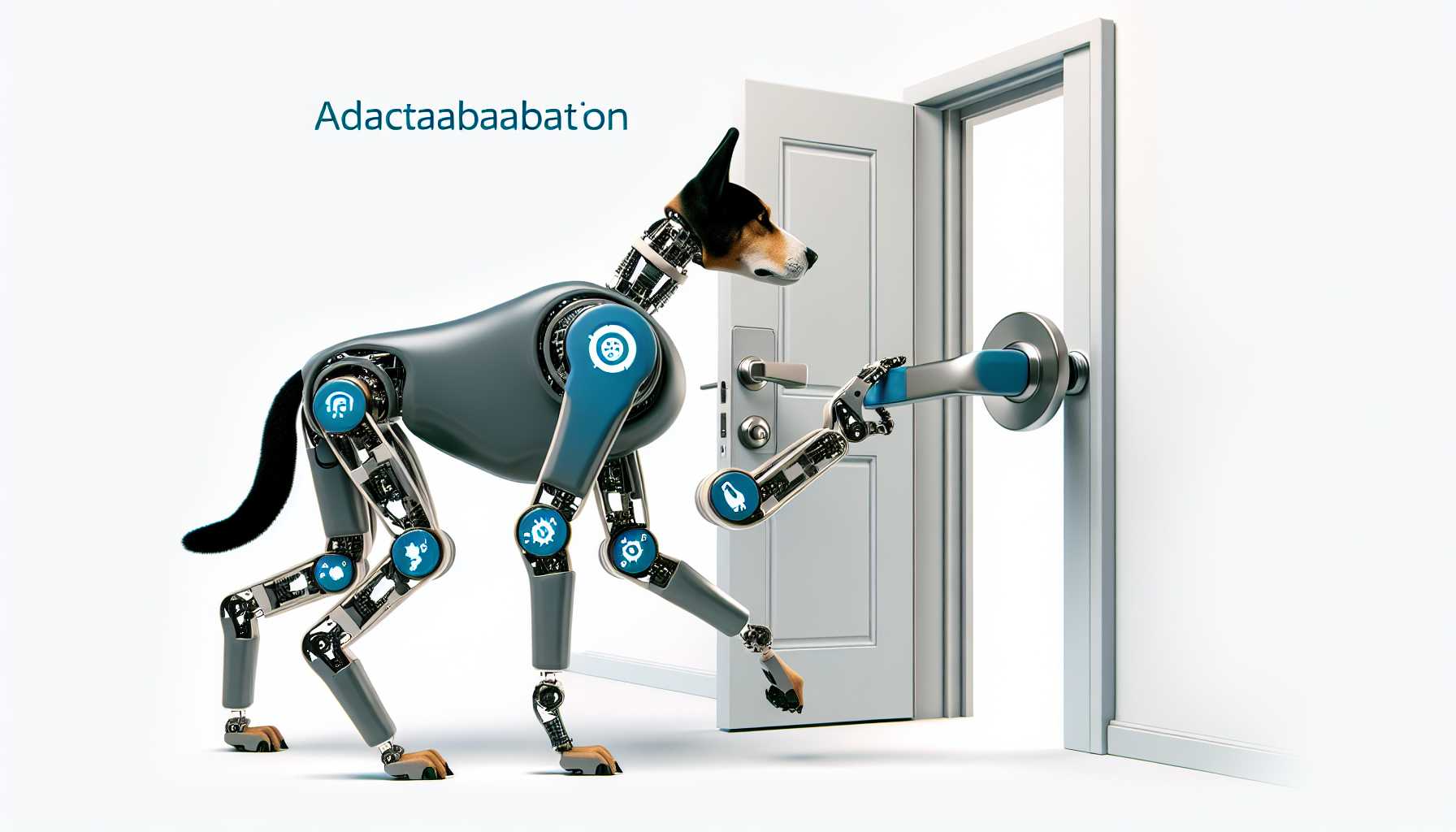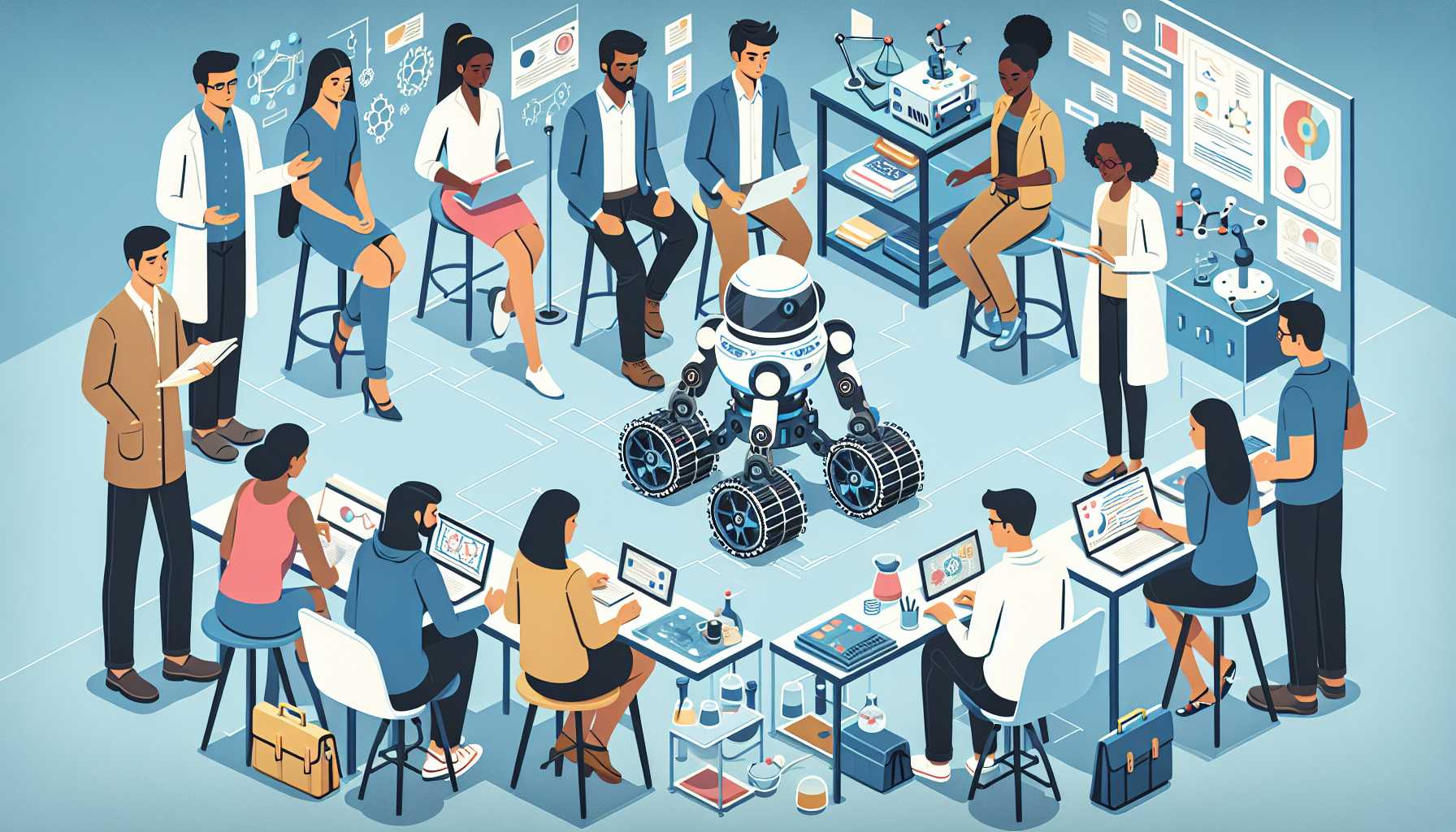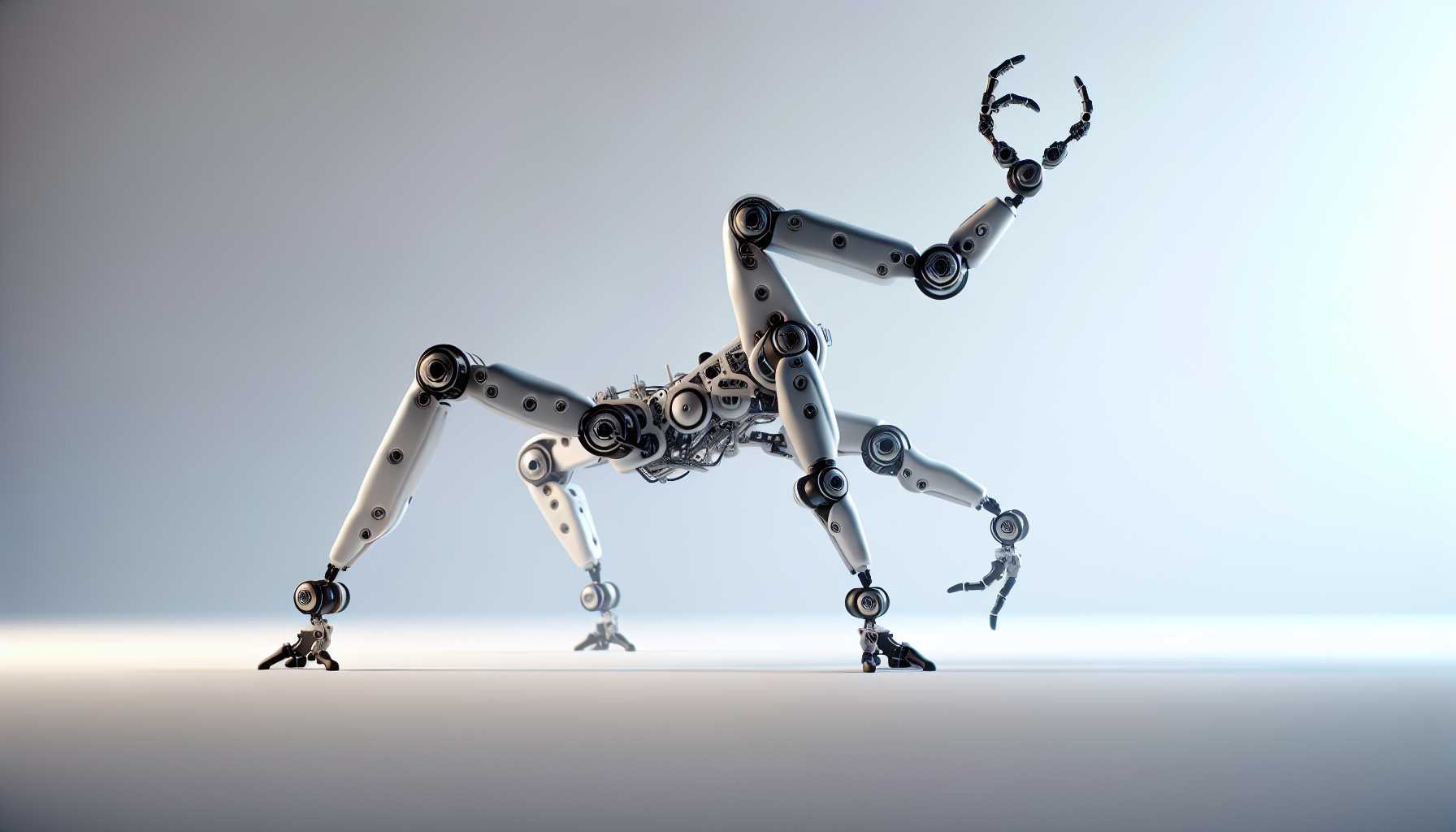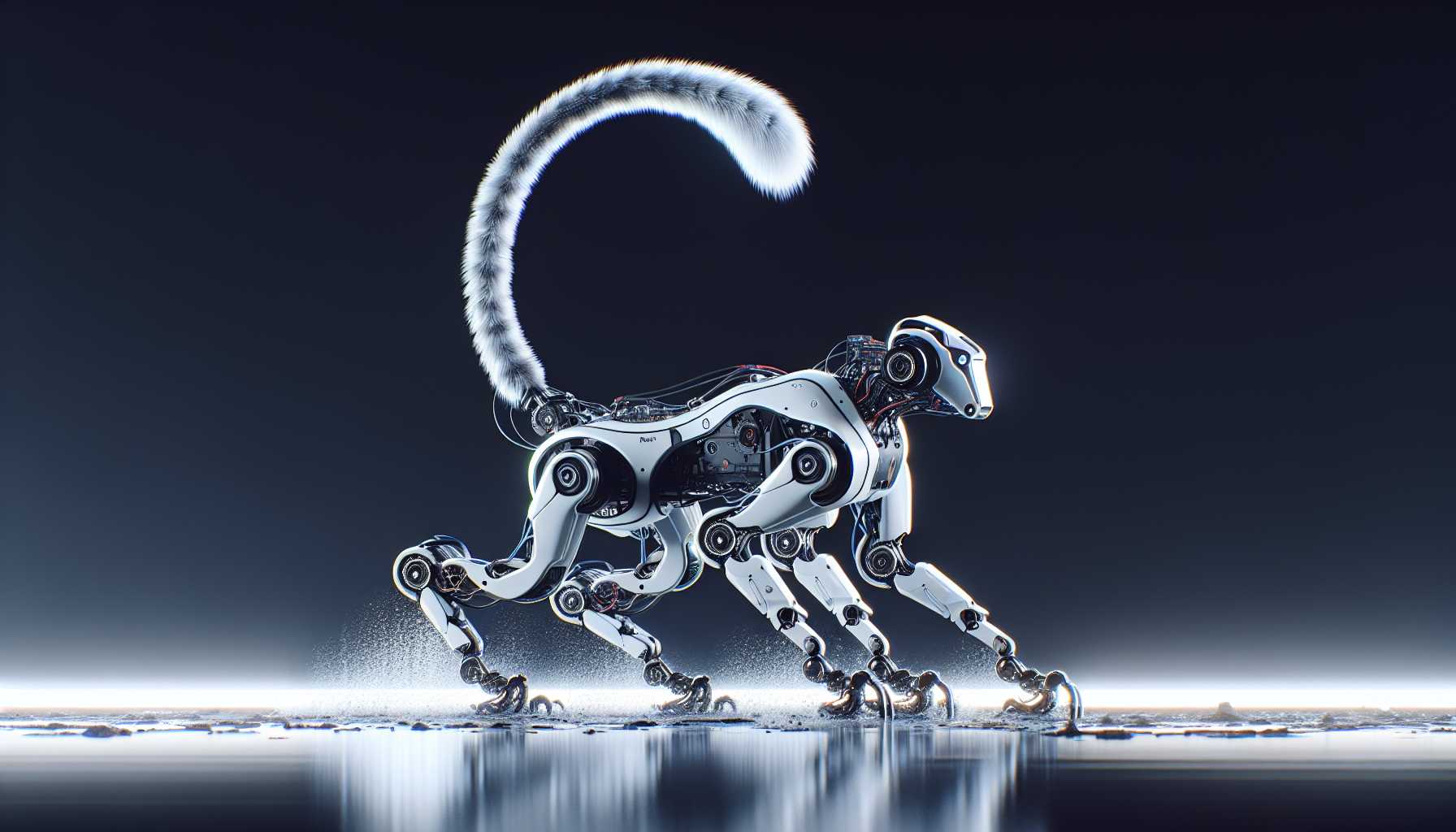In the intriguing world of robotics, a paradigm shift is occurring that may redefine how we view our mechanical companions. Often depicted with clunky arms and legs, robots are commonly designed in our own image—until now. Enter the age where robotic dogs don’t merely mimic their real-life counterparts, but evolve to take multi-tasking to a whole new level. Let’s embark on a journey through innovation as we explore the ANYmal robot, a creation that is reshaping the boundaries of robotics through intelligent design and machine learning.
Introduction to Robotic Innovation: ANYmal’s New Skills
Gone are the days when robots were limited to the conventional design of separate limbs for mobility and manipulation. In a world-first, researchers in Switzerland have broken this mold by transforming a robotic dog’s leg into a functional arm. This ANYmal, a four-legged robot, can not only trot around but can also open doors, press buttons, and even hoist a rucksack. How? By effectively using machine learning to redefine versatility.
The Masterminds Behind the Machine: ETH Zurich’s Breakthrough
The stupendous ANYmal has been engineered by the clever minds at ETH Zurich, a prestigious research university in Switzerland, where innovation seems to be part of the curriculum. Led by Philip Arm—an aptly named pioneer—this team is pushing the boundaries of how we perceive robotic movement and task execution. The rationale? Why add the complexity of additional arms when a leg can be adapted and refined, particularly for weight-sensitive applications, such as space exploration?
Unlocking Robotic Potential with Machine Learning
The secret sauce that enables this robotic canine to perform such feats is a sophisticated machine-learning model. This digital brain was tasked with a seemingly simple objective: reach a point in space with one leg. Yet, the underlying complexity involved teaching the machine how to balance, walk, and stand on its remaining three legs—a dance between grace and computational finesse that signifies a leap in robotic capabilities.
Robotic Agility: Learning from Our Four-Legged Friends
The scientists at ETH Zurich’s Robotics Systems Lab aren’t just stopping at reimagined limbs. Inspired by the lithe movements of animals, they’re exploring how to endow the ANYmal with lifelike agility. Even the notion of a tail is being tested for enhanced balance during intricate movements—a nod to the millions of years of evolution that have optimized animal locomotion.
The ANYmal Robot: An All-Terrain Marvel
For those uninitiated, the ANYmal robot, birthed by ANYbotics, is more than a mere mechanical pet. It’s a robust, autonomous solution, armed with an array of high-quality sensors engineered to withstand the harshest of environments. Whether it’s in rain, snow, or dust, the ANYmal is designed to carry out inspection and manipulation tasks that once seemed destined for humans alone.
As a tech enthusiast and investor, I find the advancements in ANYmal not only fascinating but also indicative of a trend that paves the way for more adaptable, efficient machines in various industries. The potential applications are vast, from performing maintenance in hazardous locations to assisting in search and rescue operations. The ingenuity in using limbs for versatile functions opens a new realm of possibilities and challenges our traditional design concepts. The clever incorporation of machine learning bestows a degree of intuitiveness and adaptability to the ANYmal that sets new standards within the robotics field. The seamless integration of robust hardware and sophisticated software manifests as a prime example of how interdisciplinary cooperation can produce innovative resolutions. It’s this forward thinking and creative problem-solving that energizes the tech space, pushing us to explore and reimagine the tools and companions we build. As tech continues to unfold with each discovery, we can eagerly anticipate a future where versatility and efficiency intersect in robotics—and it’s this horizon that excites me the most as both a tech news enthusiast and an expert in the field




